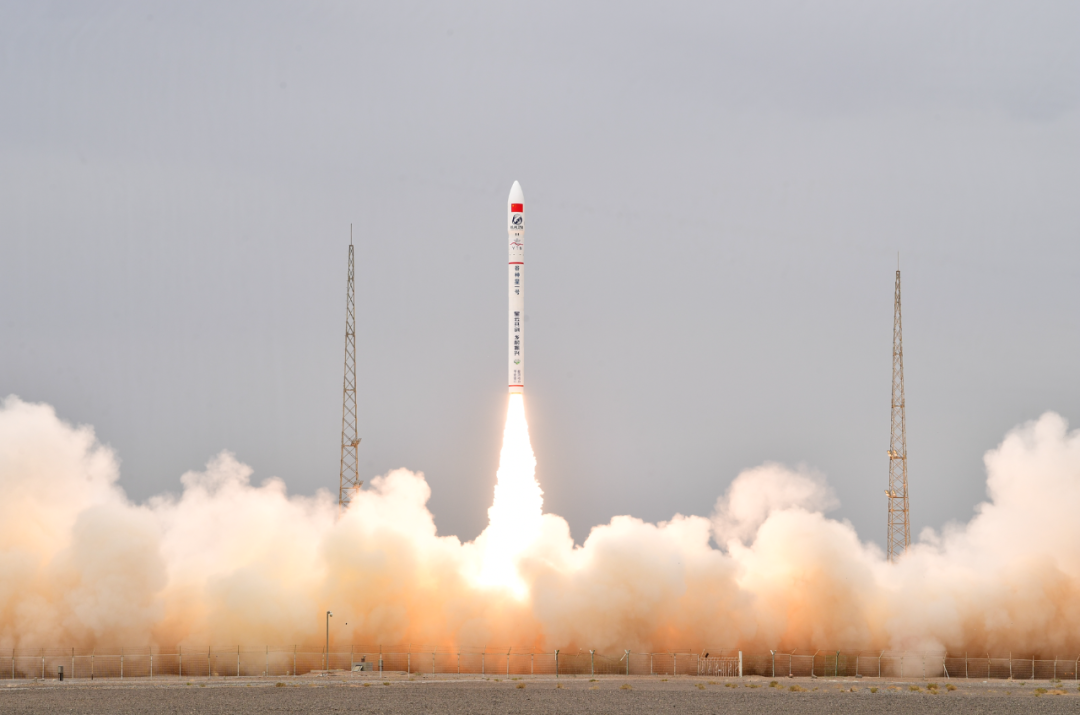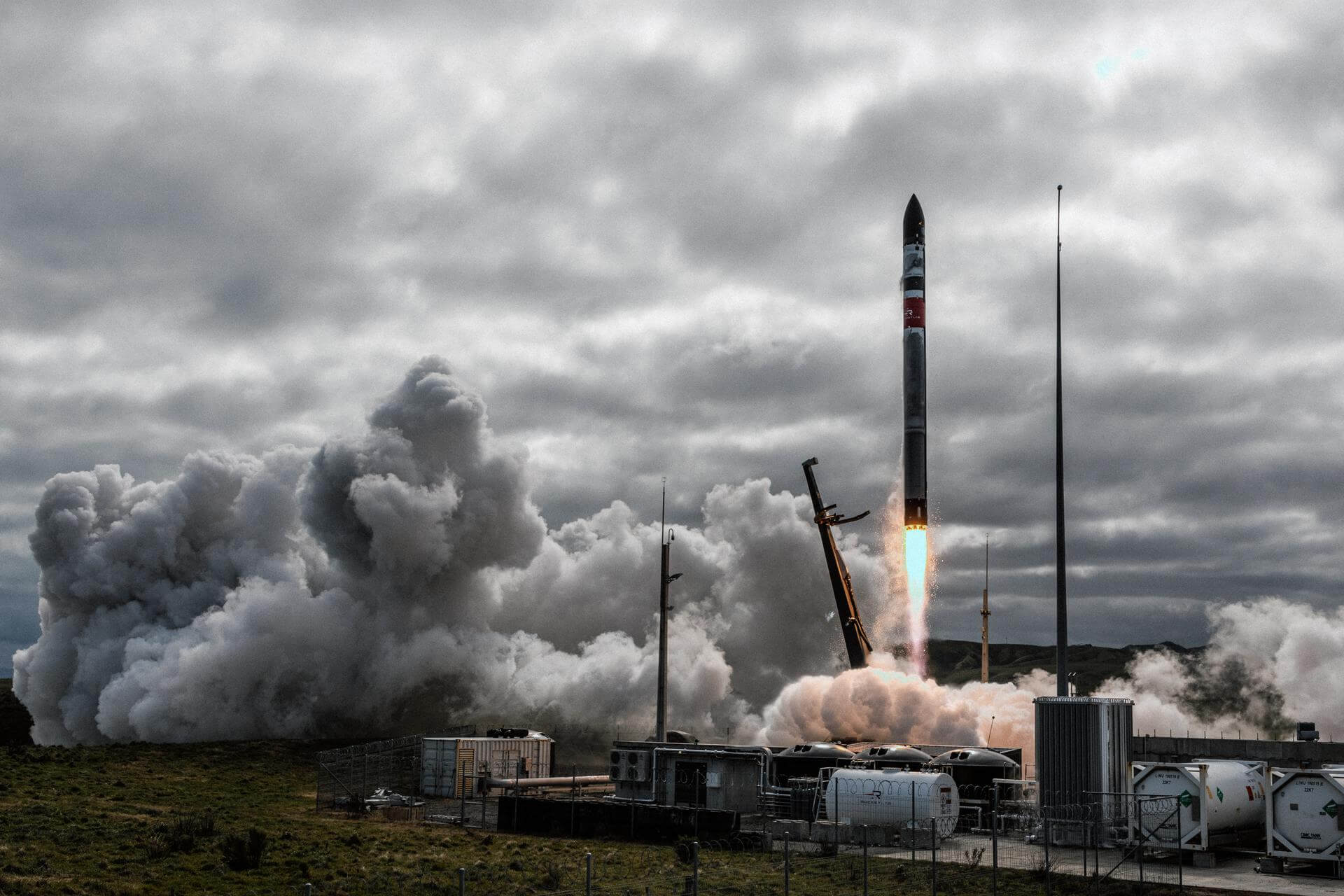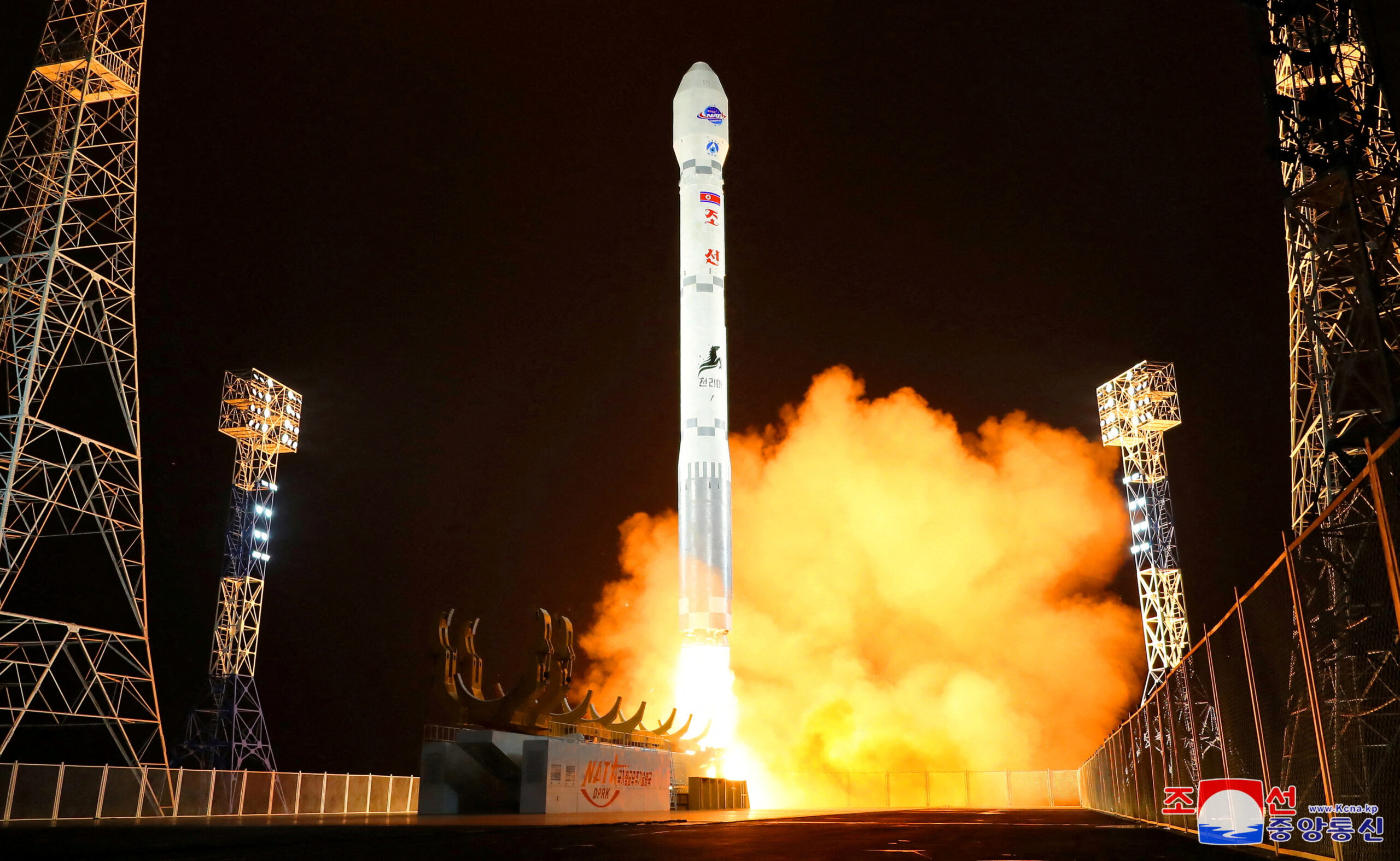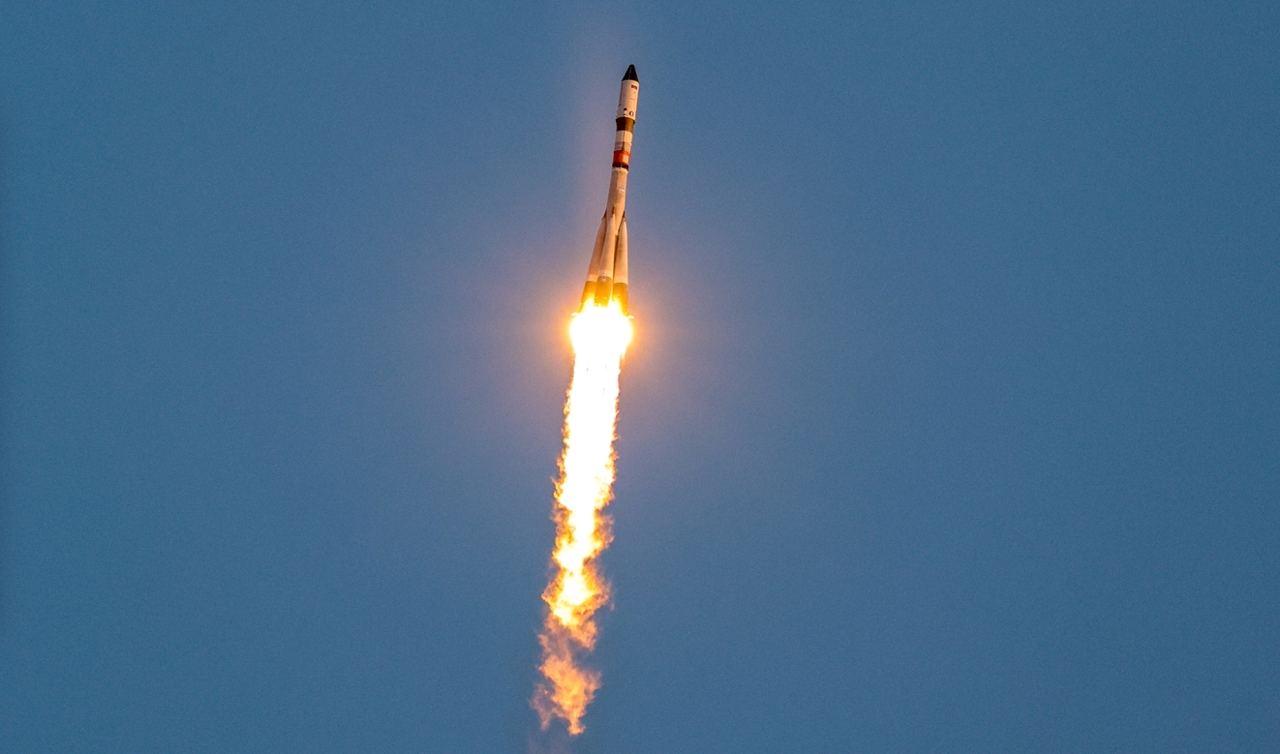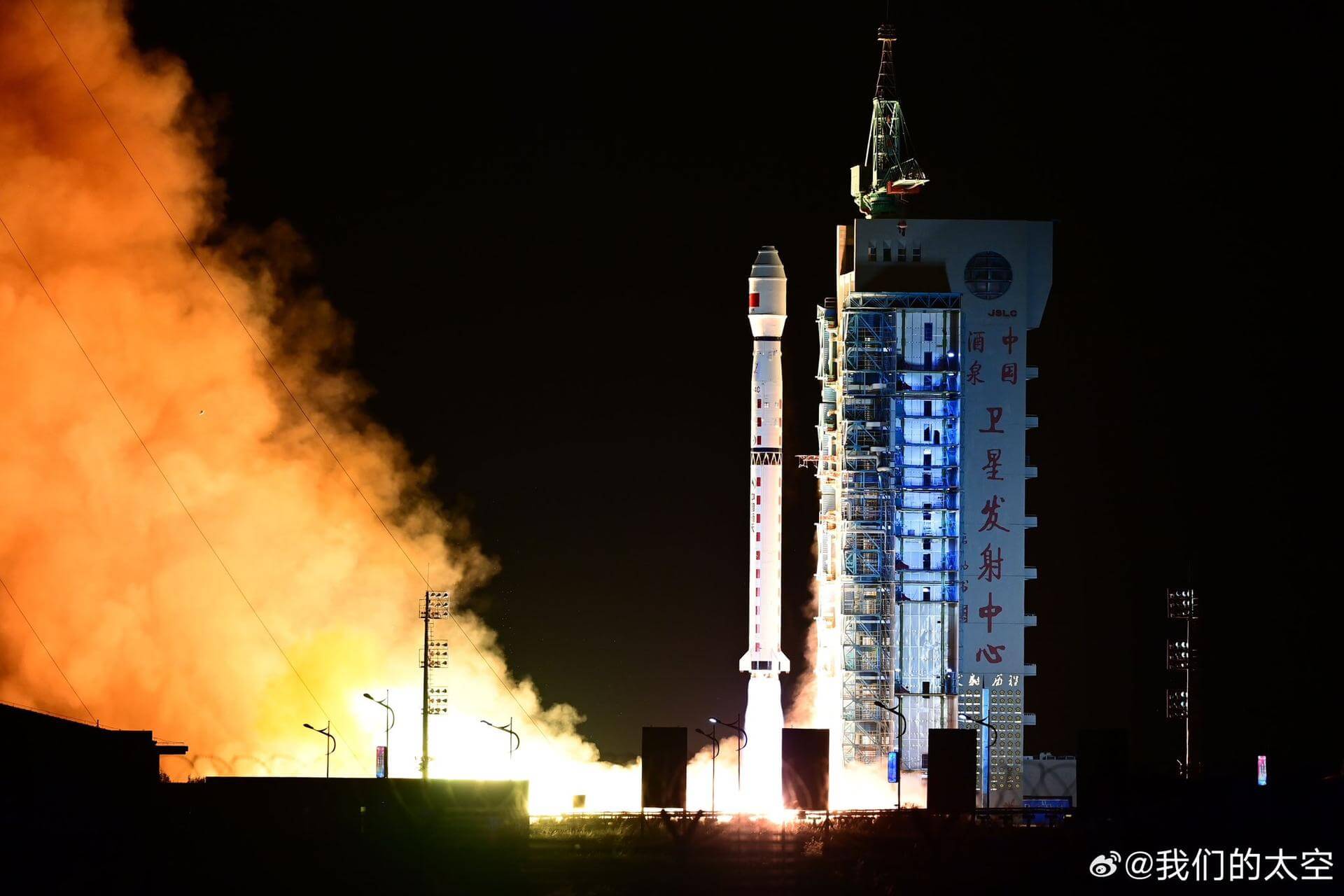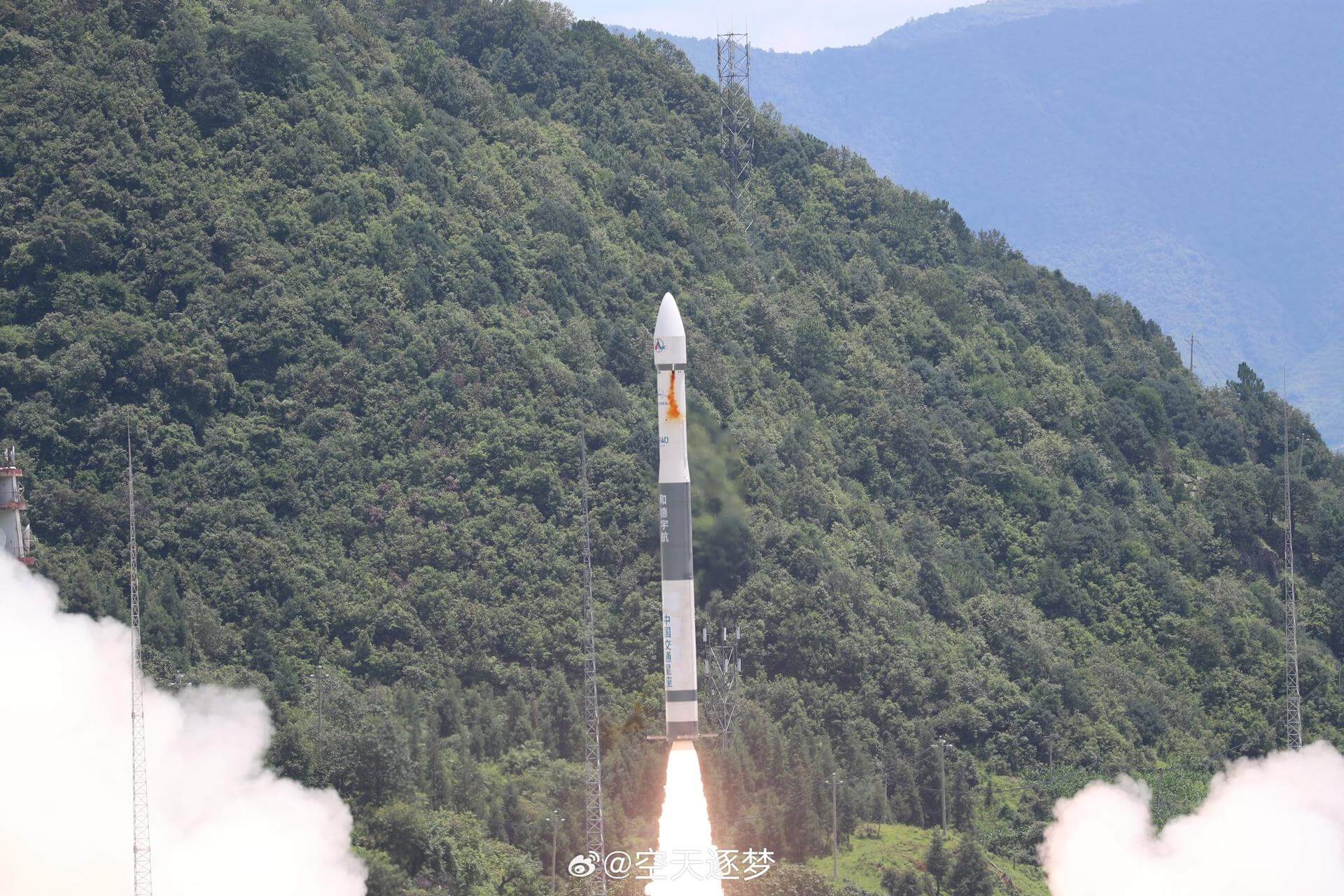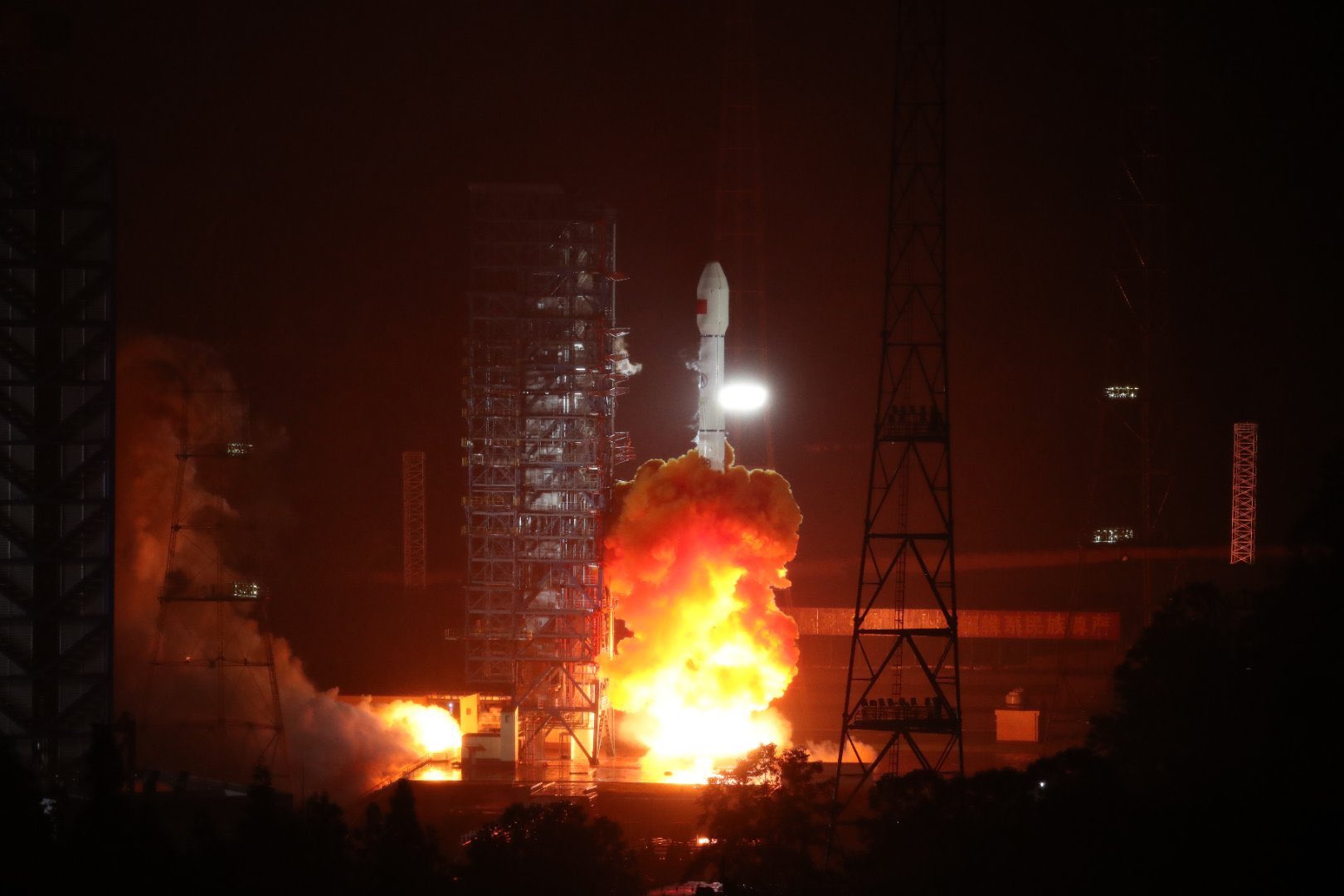Previous Spaceflight Launches
Filter by Agency, Locations or Vehicles
Show All LaunchesCeres-1 | Jilin-1 Wideband-02A
Galactic Energy | ChinaJiuquan Satellite Launch Center, People's Republic of China
Aug. 25, 2023, 4:59 a.m.
Electron | We Love the Nightlife (Capella Acadia 1)
Rocket Lab | United States of AmericaRocket Lab Launch Complex 1, Mahia Peninsula, New Zealand
Aug. 23, 2023, 11:45 p.m.
Chollima-1 | Malligyong-1b
Korean Committee of Space Technology | North KoreaSohae Satellite Launching Station, Cholsan County, North Pyongan Province, Democratic People's Republic of Korea
Aug. 23, 2023, 6:54 p.m.
Soyuz 2.1a | Progress MS-24 (85P)
Progress Rocket Space Center | RussiaBaikonur Cosmodrome, Republic of Kazakhstan
Aug. 23, 2023, 1:08 a.m.
Falcon 9 Block 5 | Starlink Group 7-1
SpaceX | United States of AmericaVandenberg SFB, CA, USA
Aug. 22, 2023, 9:37 a.m.
Long March 4C | Gaofen-12 04
China Aerospace Science and Technology Corporation | ChinaJiuquan Satellite Launch Center, People's Republic of China
Aug. 20, 2023, 5:45 p.m.
Falcon 9 Block 5 | Starlink Group 6-10
SpaceX | United States of AmericaCape Canaveral SFS, FL, USA
Aug. 17, 2023, 3:36 a.m.
Kuaizhou 1A | HEAD-3A/B/C/D/E
ExPace | ChinaXichang Satellite Launch Center, People's Republic of China
Aug. 14, 2023, 5:32 a.m.
Long March 3B/E | L-SAR4-01 (LTDC-4A)
China Aerospace Science and Technology Corporation | ChinaXichang Satellite Launch Center, People's Republic of China
Aug. 12, 2023, 5:26 p.m.
Status: Launch Successful
Mission:
China’s (and globally) first synthetic aperture radar (SAR) satellite being put into geosynchronous orbit. It can provide unprecedented all-time Earth observations of an area near the same longitude and can provide unique non-interrupted observations for various uses.
Geosynchronous Transfer OrbitFalcon 9 Block 5 | Starlink Group 6-9
SpaceX | United States of AmericaCape Canaveral SFS, FL, USA
Aug. 11, 2023, 5:17 a.m.
